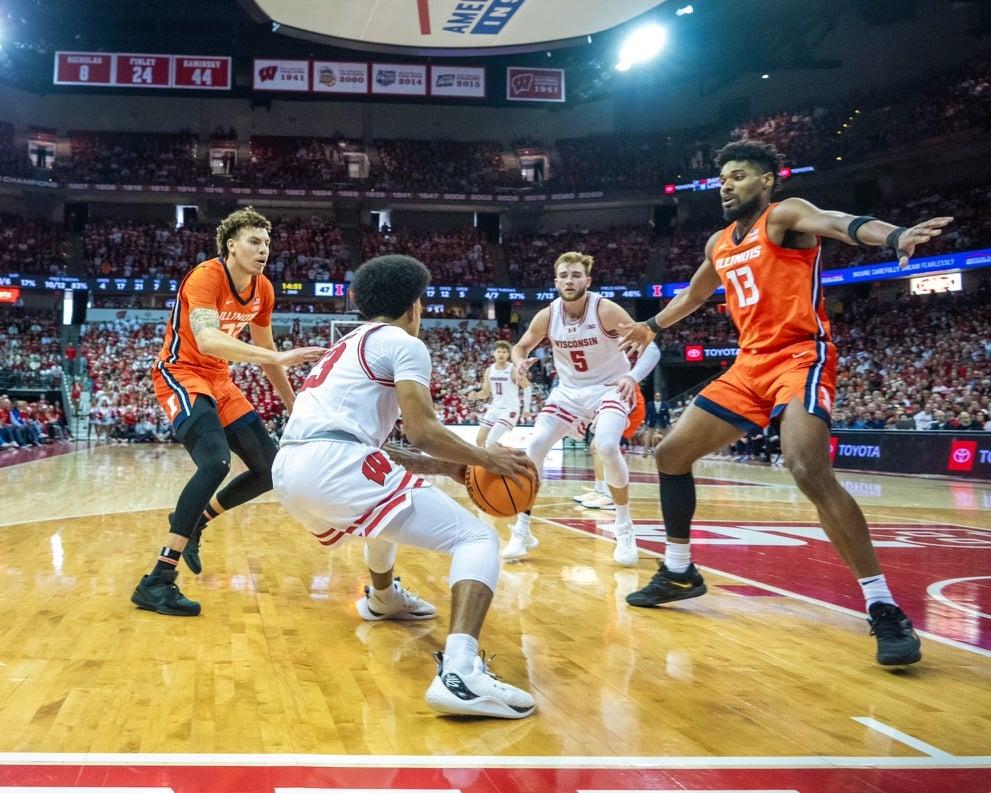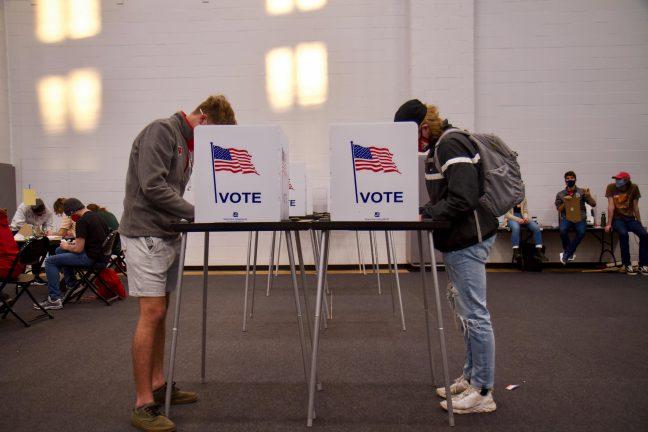Low-carb, low-fat, sugar-free, low-sodium diet. These adjectives are music to many Americans’ ears. As a society, we spend an average of $42 billion dollars a year on foods, products and services specifically designed to help us lose weight. But somehow a whopping 34 percent of American adults are obese. We are living in a paradox, and all one needs to do is turn on the TV to see it. It seems commercials for diet pills are squeezed between fast food and “health food” commercials. We are inundated with literature and media telling us to eat healthy, but we still spent $110 billion dollars on fast food alone last year. It is quite obvious that we are a confused country, and sadly, our campus is no exception.
This year, the entire campus was asked to read Michael Pollan’s “In Defense of Food,” a book that points out the flaws of the Western diet while offering us the doctrine of “Eat food, not too much, mostly plants.” We were then invited to hear Pollan expand on his thoughts at a lecture in which he condemned so-called health foods and essentially ripped to shreds the foods most college students survive on. If we followed Pollan’s guidelines, we would go hungry in the dining halls. We could not enjoy the cereal bar, the fried sides or most of the entrees, and even the salad bar would be suspect. While it is unrealistic to completely abandon the Western diet, as Pollan advocates, this revelation led me to look more closely at what the dining halls actually offer. Pollan would be appalled.
In general, University Housing offers two “low-fat” entrees per meal. This looks like a good thing until you notice the grilled chicken filet sandwich is offered every day, leaving those who have already had one that week only one other low-fat option. If you are a vegetarian, you can pretty much kiss low-fat entrees goodbye and resign yourself to a week’s worth of salad bar. Actually, if you are a vegetarian, the salad bar is often the only viable option, as there are typically only two vegetarian options and one is always the damned Boca burger. The label of vegetarian can also be misleading, because it is expected to be healthier, which is not often the case. The broccoli fettuccine alfredo, for example, comes in with 544 calories and 30 grams of fat.
It gets worse. The truth is most people don’t know how many calories or grams of fat they need. A lot of people who eat in the dining halls aren’t scrutinizing the nutritional information the university has been so kind in providing, and are just eating what looks good. This can prove to be deadly. This past week, caramel apple pancakes were served at Pop’s. They smell good, look good and are cooked to order. Great choice, right? Well, maybe if you skipped breakfast, because these babies come in at 1,153 calories and 55 grams of fat. Also offered this week was the chicken 18-wheeler dealer, a cleverly named entr?e comprised of chicken rings and dip, all for the low price of $2.99. With 1,207 calories and 84 grams of fat, it has more than twice the recommended fat intake for an entire day. While not all entrees are as toxic as these, most people eat more than just an entr?e. For example, if you had a cheeseburger, fries and cookie, you would have eaten 1,331 calories and 79 grams of fat without any condiments or drink.
Obviously, not everyone eats like this, and there are a good number of students who are health conscious and are choosing a salad instead of a burger. The issue is the university provides a much higher percentage of unhealthy foods than healthy ones. While it provides students with the information and allows them to choose, the university make it increasingly difficult to pick the healthier options. The healthier choices are not only less attractive, but they also cost more. The salad bar costs 25 cents an ounce, and most salads are 12 to 16 oz. This means a salad can cost as much or more than a burger and fries. When you add fruit, it really gets expensive, and many students don’t want to spend $5 on a healthy meal when the less healthy options are cheaper.
The powers that be on campus need to figure out what message they are trying to send. Do they want their campus to be a healthy one? They’ve sent this message by inviting Michael Pollan and by showing films such as “Food, Inc.” to those in University Housing. Or do they want their campus to be just as unhealthy as the rest of the country, which is the message they’re sending through the dining halls. Right now it seems campus is trying to look like one thing while doing another, and this is not something to be proud of. We need to be conscious of what we as individuals are choosing, so we can mindfully represent either the healthy or the health-less. It is time for us as individuals to end the paradox and either commit to healthy eating or admit that it is something we are incapable of doing.
Allegra Dimperio ([email protected]) is a freshman intending to major in journalism and theater.














